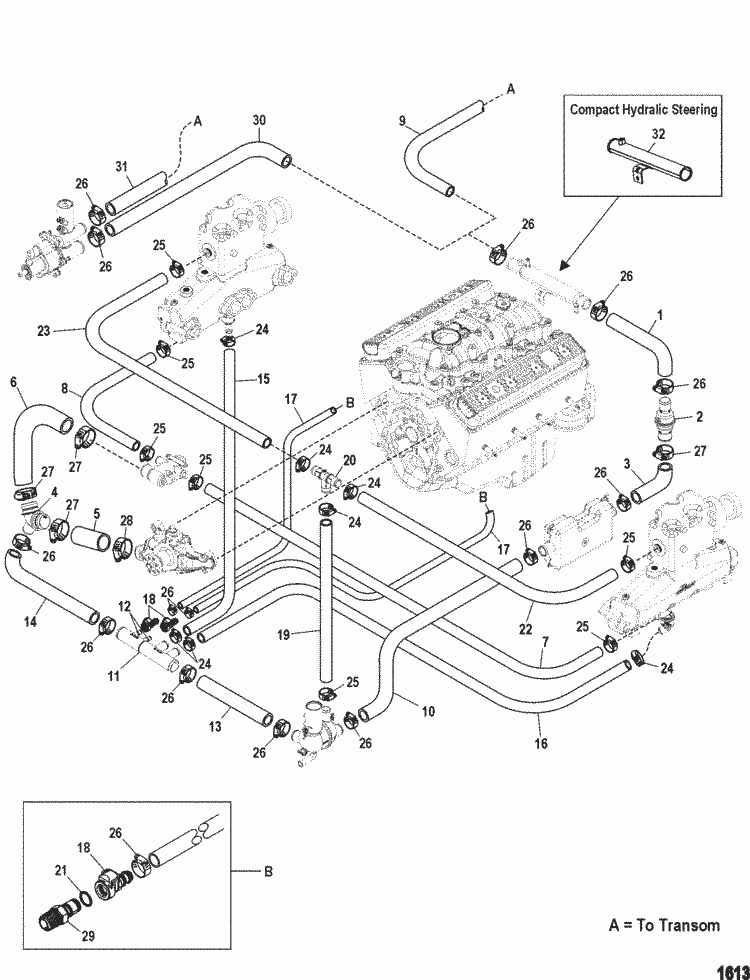kiloil
Member
Are any of you using a closed cooling system? I've only had it on one other boat and to what I understand from talking with other boaters, it extends the life of the engine, but more importantly doesn't allow salt water corrode the insides.
I am all ears, so please chime in.
I am all ears, so please chime in.




